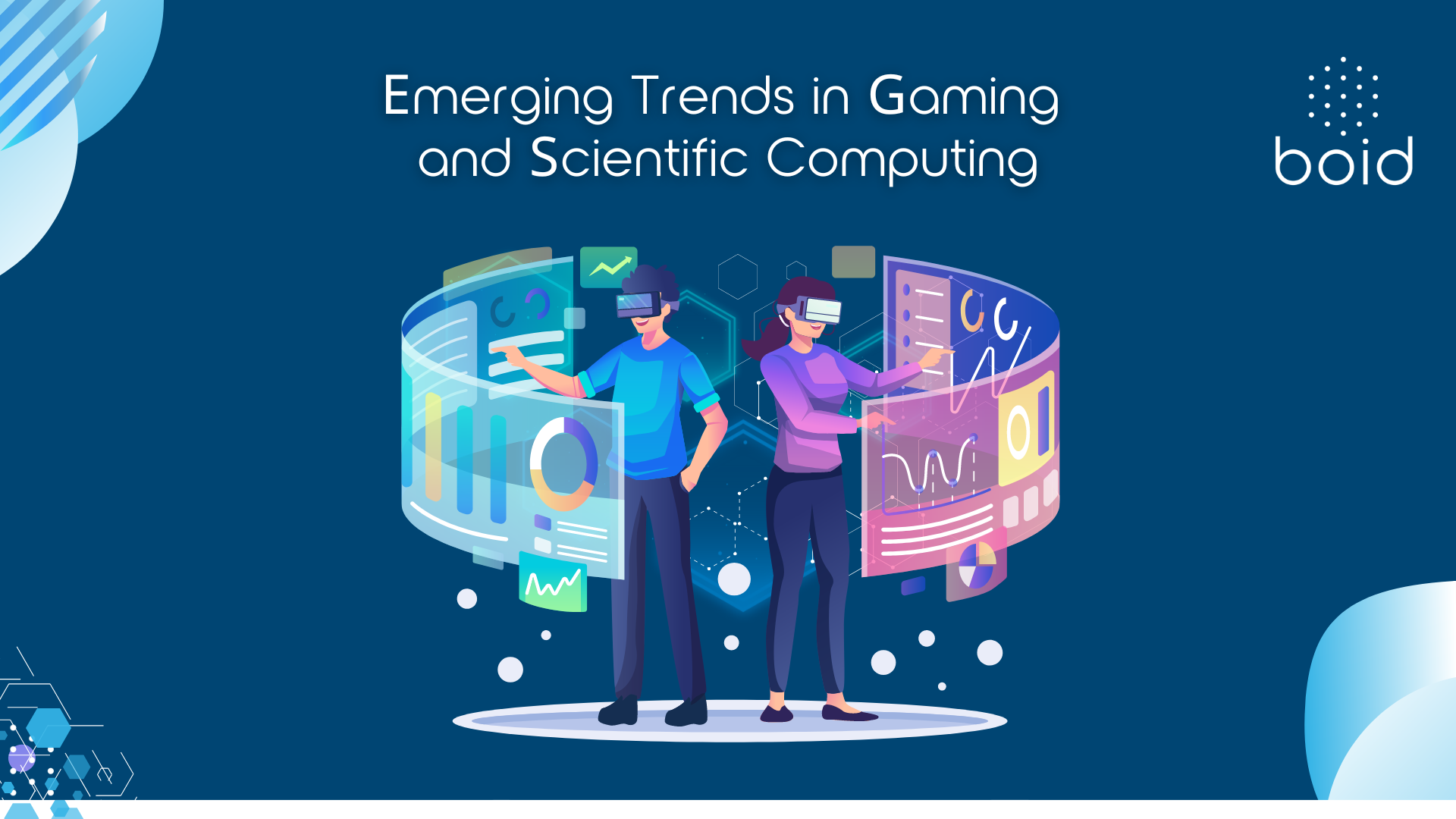Emerging Trends in Gaming and Scientific Computing: Exploring Future Collaborations and Innovations

The intersection of gaming and scientific computing is revolutionizing the way we experience and enjoy video games. As we move forward in the digital age, these two fields are collaborating in exciting ways to create new innovations and deliver more immersive and realistic gaming experiences. In this article, we will explore some of the emerging trends in this fascinating convergence.
- Machine Learning and Gaming: Machine learning is playing an increasingly important role in the gaming industry. Machine learning algorithms enable developers to enhance non-player character AI, personalize player experiences, and optimize graphics. This technology is taking games to a whole new level, offering smarter challenges and more engaging experiences.
- Virtual and Augmented Reality: Virtual reality (VR) and augmented reality (AR) are transforming how we interact with games. Through the use of VR and AR devices, players can immerse themselves in fully immersive virtual worlds or blend digital elements with the real environment. This technology is opening up new possibilities for creativity in game design and taking the player experience to a whole new level.
- Simulations and Computational Modeling: Scientific computing is enabling the creation of increasingly realistic simulations in games. Developers can use mathematical models and simulation techniques to recreate physical phenomena, character behaviors, and interactive environments. This is leading to more authentic and immersive gaming experiences, allowing players to dive into astonishingly realistic virtual worlds.
- Big Data and Game Analytics: Gaming generates a vast amount of data, and scientific computing can leverage it through data analytics. By using game analytics techniques, developers can gain a better understanding of gameplay patterns, player behavior, and individual preferences. This enables them to design more personalized and tailored games that meet the needs and preferences of players, providing a more rewarding and immersive experience.
- Cloud Computing and Game Streaming: Cloud computing and game streaming are changing how we access and play video games. Remote processing power and cloud storage enable players to enjoy high-quality games on lower-capacity devices. This opens up opportunities for more accessible games and the ability to enjoy gaming experiences anywhere, anytime.
In conclusion, the intersection of gaming and scientific computing is driving new and exciting trends in the digital entertainment industry. These collaborations are taking video games to new horizons, offering more immersive, challenging, and personalized experiences. We are witnessing an exciting era in the gaming world, and the future holds even more possibilities for this remarkable convergence.

